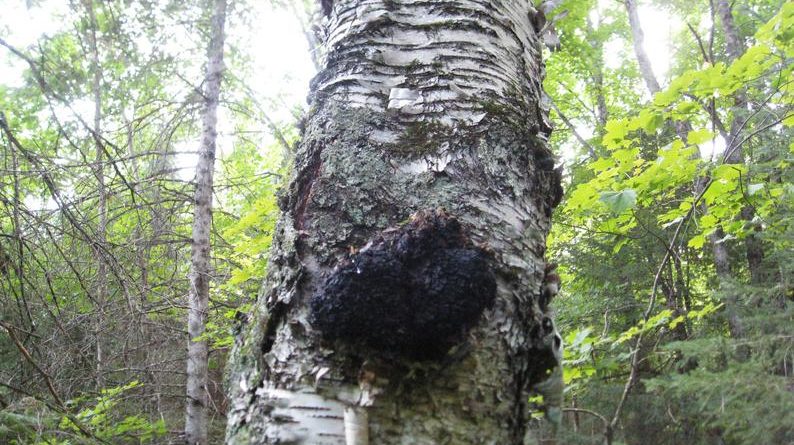Chaga and diabetes mellitus

it has hypoglycemic and anti-lipid effects, helps to lower blood sugar levels and is indicated for diabetes. This action is largely due to the presence of the famous beta-glucans in the chaga. However, in addition to beta-glucans, there are bioactive substances in the arsenal of chaga that are effective for diabetes.
The inotodiol and trametenolic acid contained in it help to fight the omega-6 excess syndrome, which is known to us as type II diabetes.
Recent studies by Chinese scientists (2017) have made it possible to identify and then synthesize a polysaccharide-chromium complex new to science, which has shown high efficacy against artificially induced type 2 diabetes in mice. The complex was named UIOPC (Ultrafiltration polysaccharide from Inonotus obliquus polysaccharides-chromium (III) complex). After treatment with UIOPC for four weeks, the levels of body weight, fasting blood glucose (FBG) and plasma insulin in the tested mice decreased significantly compared to the control mice. The results of the study showed that UIOPC has a positive effect on hypoglycemic and antioxidant capacity and can significantly reduce the level of damage to liver, kidney and pancreatic tissues caused by oxidative stress and hypoglycemia.
Moreover, the chromopolysaccharide complex proved to be safe with high-dose administration. All this suggests that in the near future, the “metal-sugar novelty” will quickly become not only the basis for new types of functional nutrition, but will also be used as a pharmaceutical drug for the treatment of type II diabetes. Another Chinese group has identified new heteropolysaccharides of chaga, collected from glucose and galactose molecules and called HIOP1-S and HIOP2-S (2018). They also have a pronounced antidiabetic potential.
The water-soluble melanin complex of chaga has similar properties to beta-glucans. It has a powerful antihyperglycemic and beneficial lipid-metabolic effect, which makes it a real candidate for promising antidiabetic agents.
To maintain normal blood sugar levels, it is enough to take one teaspoon of double chaga extract per day, or two capsules of the standard course, or brew and drink two glasses of chaga tea per day. In Russian folk medicine, to increase the antidiabetic effectiveness of chaga, a decoction of dried meadow clover flowers or dried plantain leaves is sometimes added to the infusion or decoction (pour 1 teaspoon of dry raw materials with 1 cup of cold water, boil for 10 minutes on low heat, then insist for 30 minutes and strain).
Meanwhile, with diabetes, chaga should be taken with some caution, since the mushroom quickly lowers blood sugar levels. For example, for a decoction in a dilution of 1:5, studies have shown that the maximum decrease in serum glucose is observed 1.5—3 hours after taking the decoction inside. At the same time, the sugar level decreases by 15.8—29.9%. If you are diabetic and take chaga, watch for signs of hypoglycemia and carefully and regularly monitor your sugar level. You should be prepared for the fact that if you are not going to give up chaga for diabetes, you may need to adjust the dose of antidiabetic medications by your doctor.
